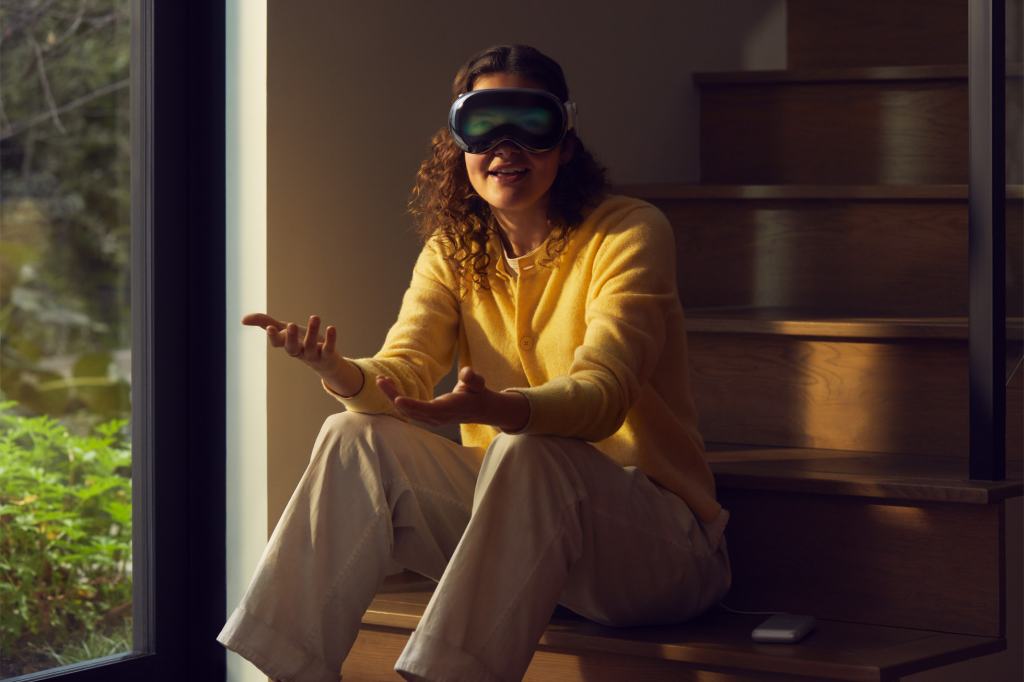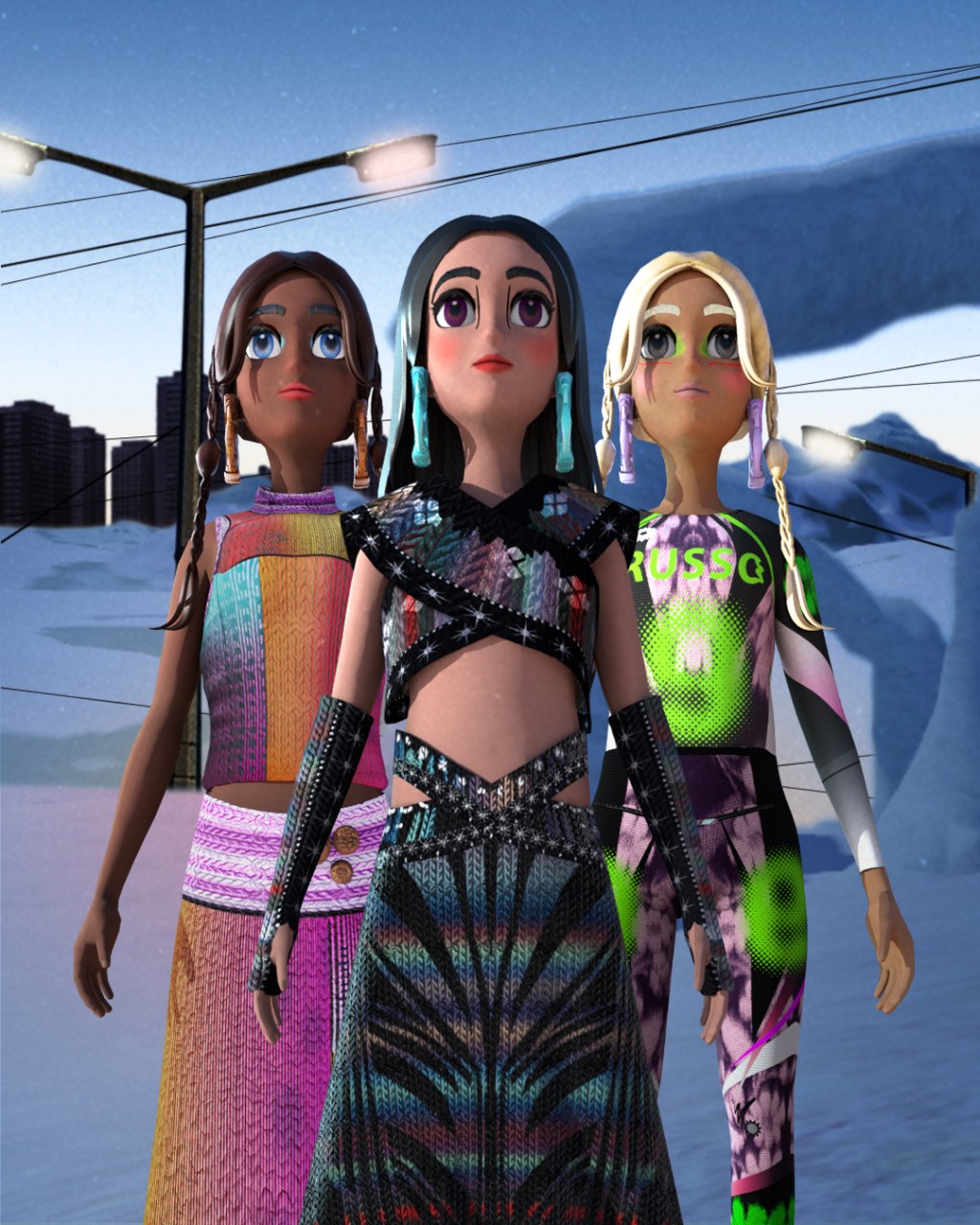Apple may not be exhibiting at CES, the consumer tech mega-show taking place this week in Las Vegas, but that doesn’t mean the company is laying low. On the contrary, more than half a year since it introduced the Vision Pro at its Worldwide Developers Conference in June, the company finally unveiled the ship date for its much-anticipated mixed reality headset on Monday.
According to the announcement, the $3,499 device will be released Feb. 2 for delivery and retail availability. The 256GB base model will come with a Solo Knit Band and Dual Loop Band, headset cover and light seals, in addition to battery, polishing cloth and USB-C charging kit. Two Zeiss lens options will also be available for readers at $99 or prescriptions at $149.
The technology impressed reviewers, who had a chance to preview the unit in a hands-on session hosted by Apple last summer. The hardware boasts 4K displays and a dual-processor system across Apple silicon, with its M2 chip and a new one designed specifically for mixed reality wearables called the R1. Dedicated to tackling the data load from the sensors, cameras and microphones, the R1 was designed to beat back performance lag and reduce motion sickness — a common complaint that some users have about immersive or virtual environments.
To ensure customers have plenty to look at from day one, the company developed its new visionOS operating system so that it works with most iOS and iPadOS apps, with no retrofitting necessary by app-makers. But if that’s not enough, the Apple TV app will also offer more than 150 3D titles via the Apple TV app.
Vision Pro was built for control and ease, allowing the user to switch between augmented reality and virtual reality with a hardware dial planted on the side. It also supports eye, head and hand tracking, and not merely incidentally. These are the primary ways of interacting. The system follows the eye to know where to focus, and registers finger gestures to select, akin to button presses. Apple is so committed to this that the package doesn’t even include nunchuks or controllers.
That’s a critical distinction from virtually every other major VR tech-maker. Some have been working on hand gestures, like Meta in its Quest headsets, but as secondary or experimental features only. Apple’s decision has been rather polarizing in the developer community, but well-heeled early adopters will soon be able to judge for themselves.



